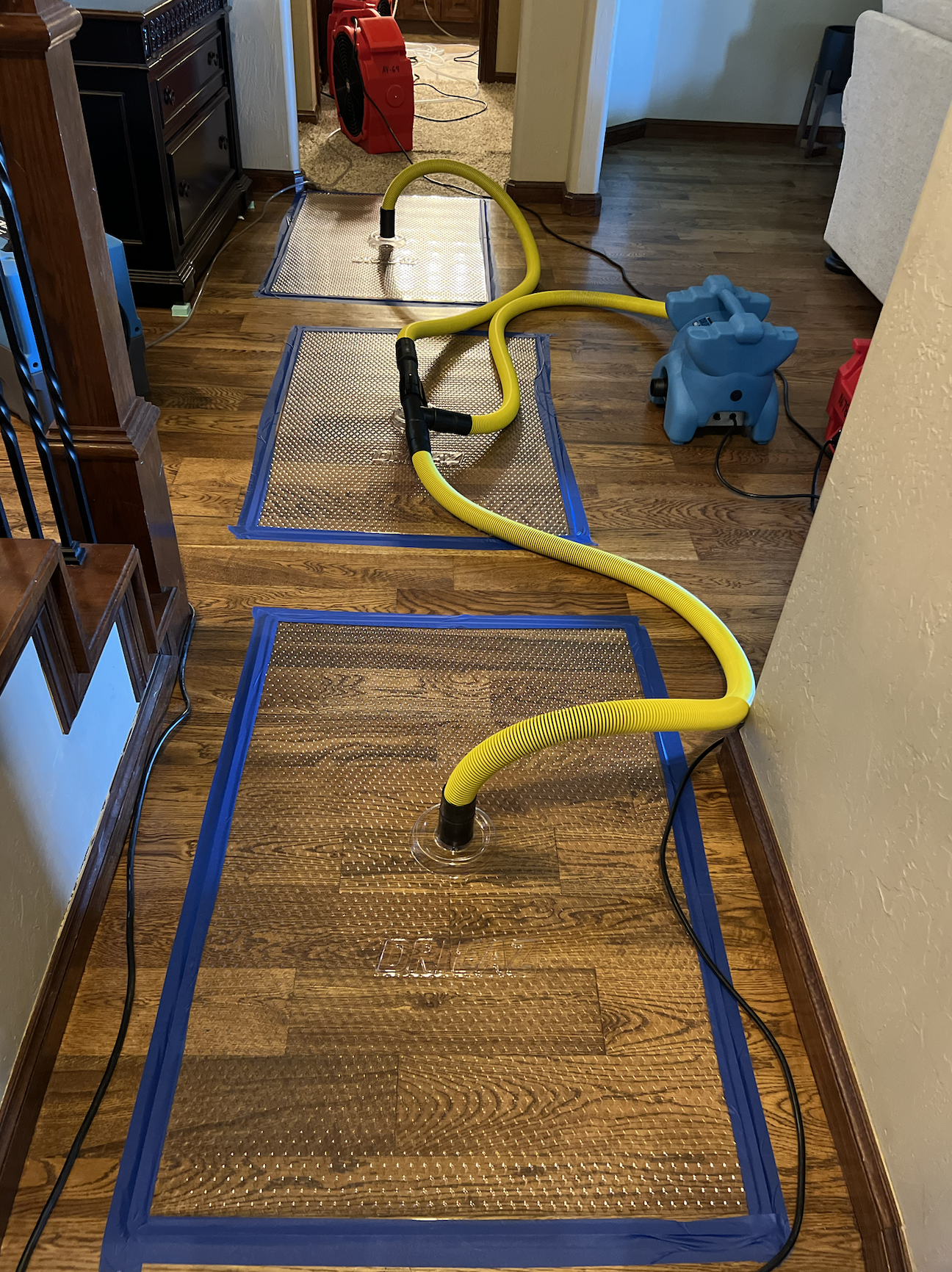Essential Steps for Quick Water Damage Restoration
페이지 정보

본문
 By following these essential steps, you can regain control after water damage and safeguard your property against future incidents. Don’t wait—take action today to protect your investment and ensure peace of mind.
By following these essential steps, you can regain control after water damage and safeguard your property against future incidents. Don’t wait—take action today to protect your investment and ensure peace of mind.Clean and Disinfect Surfaces
Cleaning and disinfecting are vital to eliminate bacteria, mold, and odors left behind by water damage. Use antimicrobial treatments to sanitize surfaces, including walls, furniture, and floors. Focus on areas most exposed to water and ensure thorough cleaning of corners, crevices, and seams. Pay special attention to porous materials such as carpets and upholstery, Water Mitigation which may harbor mold spores and contaminants.
Remove Standing Water
Quickly remove standing water using pumps, vacuums, or buckets. The longer water remains, the more damage it causes to floors, walls, and belongings. Industrial-grade wet vacuums and pumps are particularly effective for large-scale water removal. For small areas, mops and towels may suffice, but professional equipment is recommended for extensive flooding.
Water damage restoration requires a systematic and timely approach to minimize losses and restore your home or business efficiently. From assessing damage and drying out spaces to cleaning, disinfecting, and repairing, every step plays a crucial role in recovery. Prioritize safety, act quickly, and consult professionals when necessary to ensure the process is handled effectively.
Assess the Extent of Damage
The first and most critical step in water damage restoration is evaluating the severity of the damage. Conduct a thorough inspection to identify the source of water intrusion and determine whether the water is clean, gray, or black water.
Clean Water: Typically originates from broken pipes or rainwater and poses minimal health risks.
Gray Water: Comes from appliances such as dishwashers or washing machines and may contain contaminants.
Black Water: Includes sewage or floodwaters and carries harmful pathogens, requiring professional handling.
Document the damage through photographs and videos to assist with insurance claims later.
Regularly inspect and clean HVAC systems.
Use mold-resistant paints and materials.
Address leaks and plumbing issues promptly.
Professional mold remediation may be required if mold growth is extensive.
Dry and Dehumidify the Area
After extracting the water, focus on drying out the affected space. Use fans, dehumidifiers, and heaters to expedite the drying process. Open windows and doors to improve air circulation, reducing moisture buildup that could lead to mold growth. Position fans to create cross-ventilation, helping moisture escape more efficiently. Pay attention to hidden areas like wall cavities, ceilings, and under floors, as trapped moisture can lead to structural damage and mold proliferation.
Remove baseboards to allow airflow behind walls and lift carpets to dry padding underneath. Use moisture-detection tools to monitor progress and ensure complete dryness. Maintaining low humidity levels during this phase is vital to prevent the resurgence of moisture-related problems.
For professional assistance, contact Precision Restoration, Inc. located in Edmond, OK. Their experienced team is ready to help you tackle any water damage issues efficiently. Call 844-245-7979 today to schedule an inspection or restoration service!
They also possess the expertise to address structural damage, sanitize contaminated areas, and prevent mold growth. Restoration experts can provide valuable advice on minimizing damage and securing belongings. Additionally, they assist in creating a detailed assessment report, complete with before-and-after documentation, to streamline insurance claims and justify expenses. Hiring professionals ensures the job is done correctly, saving time and reducing stress.
Ensure Safety First
Before diving into repairs, ensure that the affected area is safe to enter. Turn off electricity and gas supplies to prevent electrical hazards. Water and electricity are a dangerous combination, so it is important to avoid any risk of electrocution. Wear protective gear, including gloves, masks, and boots, especially if dealing with contaminated water that might carry harmful pathogens or debris.
- 이전글Give Me 10 Minutes, I'll Provide you With The Truth About Government 25.02.03
- 다음글7 Highly effective Ideas That can assist you 學按摩 Better 25.02.03
댓글목록
등록된 댓글이 없습니다.
